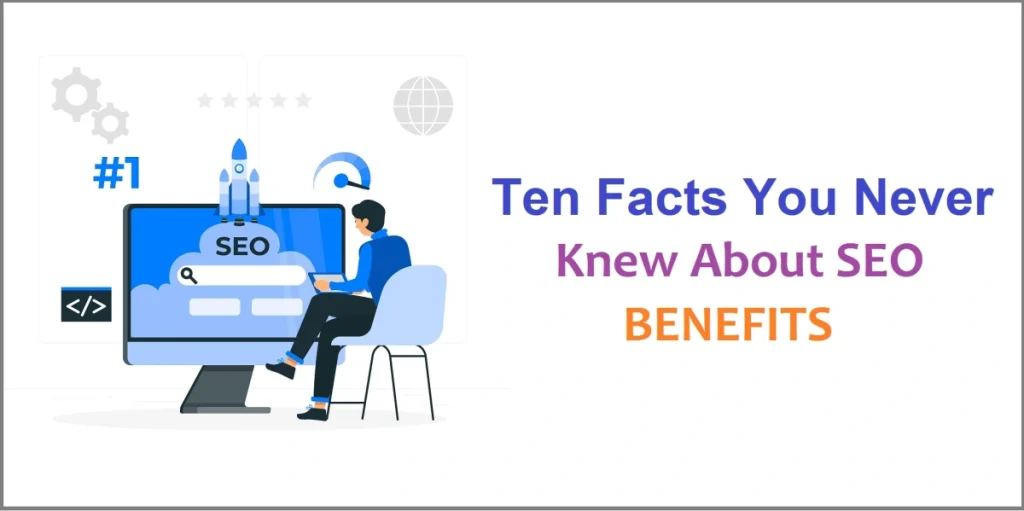Shopify is one of the most popular e-commerce platforms out there, and for good reason. It’s easy to use, affordable, and offers a wide range of features to help you build and grow your online store. But just having a great store isn’t enough to drive traffic and sales. You also need to optimize your Shopify store for search engines. In this guide, we’ll walk you through everything you need to know about Shopify SEO and how to optimize your store for better search engine rankings.

- Start with Keyword Research
Keyword research is the foundation of any SEO strategy. By identifying the keywords and phrases that people are using to search for products like yours, you can optimize your store’s content to better match those search queries.
To get started with keyword research, you can use tools like Google Keyword Planner, SEMrush, or Ahrefs. These tools will help you identify popular keywords and phrases related to your products, as well as provide data on search volume and competition.
Once you’ve identified your target keywords, you can start optimizing your store’s content to include those keywords. This includes:
- Product titles and descriptions
- Page titles and meta descriptions
- Heading tags (H1, H2, etc.)
- Image alt tags
- URL slugs
Make sure to use your target keywords naturally throughout your content, rather than stuffing them in where they don’t belong. This will not only help you rank better in search results, but it will also make your content more user-friendly and engaging.
- Optimize Your Product Pages
Your product pages are some of the most important pages on your Shopify store, and optimizing them for search engines can help drive more traffic to your site. Here are some tips for optimizing your product pages:
- Use descriptive, keyword-rich product titles: Your product title should accurately describe what the product is, and include your target keyword. Avoid using vague or generic product titles, as they won’t help your SEO efforts.
- Write unique and informative product descriptions that include your target keywords: Your product description should be unique and provide valuable information to your customers. It should also include your target keywords in a natural way, without sounding forced or spammy.
- Include high-quality product images with descriptive file names and alt tags: High-quality images can help showcase your products and make them more appealing to potential customers. Make sure to include descriptive file names and alt tags for your images, as this will help search engines understand what the images are about.
- Use structured data markup to help search engines understand your product information: Structured data markup is a way to provide additional information about your products to search engines. This can include things like price, availability, and reviews.
- Include customer reviews and ratings, which can help increase your store’s credibility and social proof: Customer reviews and ratings can help build trust with potential customers, and also provide additional content for search engines to crawl.
- Create High-Quality Content
In addition to optimizing your product pages, you should also create high-quality content that can attract more visitors to your site. This can include blog posts, how-to guides, or other informative content related to your products.
Not only will this content help you rank better in search results, but it will also provide value to your audience and help establish your store as an authority in your niche.
When creating content, make sure to:
- Use your target keywords naturally throughout the content: Just like with product pages, make sure to use your target keywords in a natural way throughout your content.
- Write in a clear and engaging way that appeals to your audience: Your content should be written in a way that is easy to understand and engaging.



